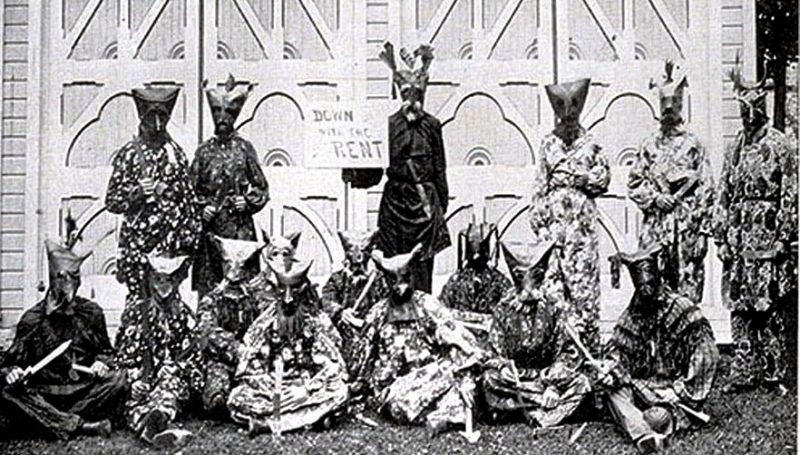The history of Andes, NY has always been shaped by the abundant natural resources of the Catskills and the character of its people. Settled by Dutch and German colonists in the late 18th century, Andes was established in 1819. The regions rolling hills, vast woodlands, and Delaware River defined Andes from the start. Farming, logging, tanning, and rafting thrived throughout the 1800’s. With artisans, professionals of every stripe, and hotels along a major stagecoach route, Andes prospered but also faced challenges; especially for farmers.
In Andes, like most of upstate New York, land was leased to farmers by a class of politically well-connected landed gentry; absentee landlords who’d received land from the Dutch or English governments before the Revolutionary War. Tenant farmers statewide became increasingly dissatisfied with this arrangement, likening it more to feudal Europe than 19th century America. Historically called The Anti-Rent Wars, these farmers protested, staged revolts, and refused to pay their taxes. Modeled after the instigators of the Boston Tea Party, many disguised themselves as “Indians”. Wearing calico costumes, sheepskin masks or painted faces, they went about the countryside harassing and fighting their opposition.
On Aug. 7, 1845, Undersheriff Osman Steele left today’s Andes Hunting Tavern Museum and during a tax sale on a Dingle Hill farm was mortally wounded by “Calico Indians”. This event was seminal in the Anti-Rent Wars. Hundreds were apprehended, some sentenced to death and while nobody hanged, jail terms were served. Rousing support for abolishing these feudal practices, the Anti-Rent movement continued to impact state politics for years to come.



